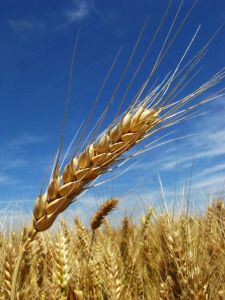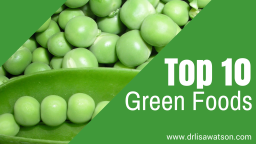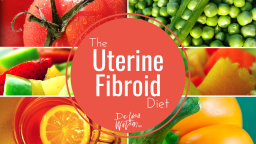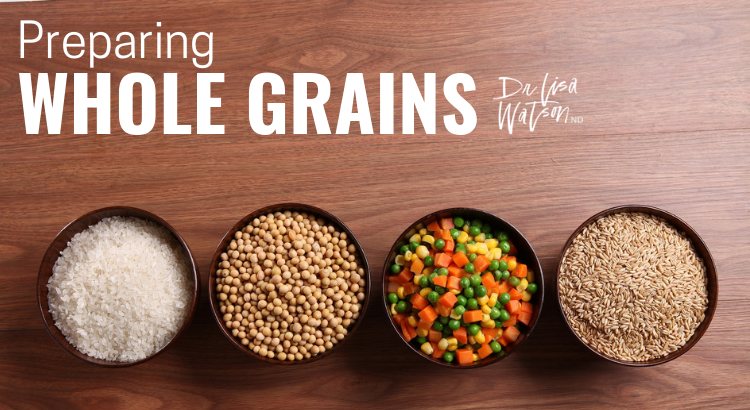
Including more whole grains in your diet has numerous health benefits including:
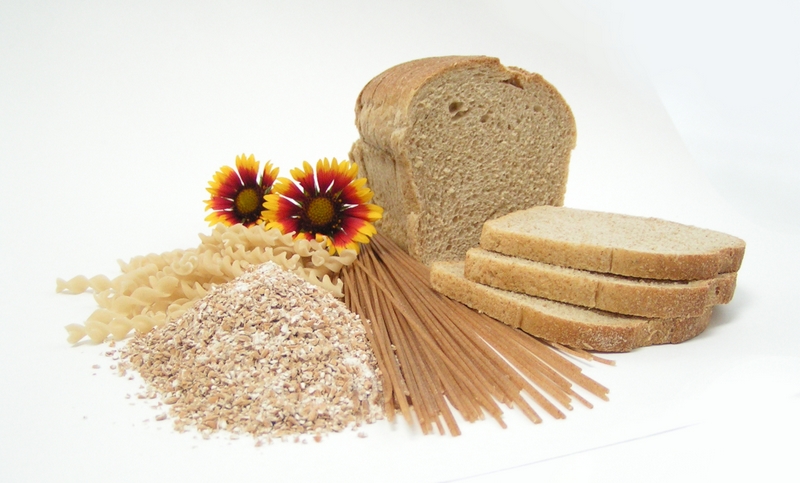
- lowered LDL (“bad”) cholesterol
- decreased risk of developing cardiovascular disease – including heart disease and stroke
- decreased risk of Type II diabetes
- improved weight maintenance and decreased risk of obesity
- reduced inflammation
- healthier blood pressure levels
- reduced risk of asthma
- decreased risk of colon cancer
- improved mood
Cooking whole grains is as simple as cooking rice. Simply combine washed* grains with appropriate quantities of water or stock and cook.
*All grains should be washed before cooking.
The chart below provides information on how to prepare whole grains, their unique tastes and textures and nutritional information.
For an easy to print version, download the pdf here: Preparing Whole Grains
Grain |
Preparation |
Taste and texture |
Nutrition |
| Amaranth | 1 cup amaranth seeds to 2 ½ cups water(or half water and half stock)Boil for 18-20 minutesFor breakfast: 1 cup amaranth seeds to 3 cups water | Amaranth has a “sticky” texture that contrasts with the fluffier texture of most grains. Care should be taken not to overcook it as it can become “gummy.”Amaranth flavor is mild, sweet, and nutty. | Amaranth is high in fiber (three times more than wheat), iron, potassium, phosphorus, calcium (two times more than milk!), vitamins A and C, protein and contains lysine and methionine, two essential amino acids not frequently found in grains. Gluten-free.Using amaranth in combination with wheat, corn or brown rice results in a complete protein as high in food value as fish, red meat or poultry. |
| Barley | 1 cup whole barley to 3 cups of waterBring to boil then reduce to a simmer for 1 ¼ hours or add to soups and stews | Barley has a rich nutlike flavour and an appealing chewy pasta-like consistency. | Barley contains small amounts of gluten. Whole barley contains fiber, protein (including 8 essential amino acids), B-vitamins, potassium, selenium and calcium. Pearl barley has had the bran removed and is no longer considered a whole grain.Barley can be eaten plain or added to soups and stews. |
| Buckwheat | 1 cup buckwheat (or Kasha) to 2 cups of waterBring to boil then reduce to a simmer for 15 minutes. | Buckwheat has a soft, subtle flavour. Roasted buckwheat (“Kasha”) has a earthy, nutty taste.Buckwheat can be made into a porridge or used as a grain side dish. Also available as a noodle (soba noodles). | Not a true grain (it’s a fruit seed!) and contains no wheat. Gluten-free.A member of the rhubarb family, Buckwheat is high in all 8 essential amino acids, calcium, vitamin E, magnesium, fiber and B-vitamins. |
| Couscous | 1 cup couscous to 1 ½ cups water.Bring water to a boil. Add couscous. Remove from heat. Cover with a tight lid and let sit 5 minutes.Fluff with a fork before serving. | Couscous has a mild flavour with a pleasant soft texture. It is one of the fastest grains to prepare and is delicious served warm or at room temperature. | A rolled grain made from semolina wheat. Contains gluten.Couscous is healthier than pasta made from semolina. It contains twice as much riboflavin, niacin, vitamin B6 and folate and four times as much thiamine and panthothenic acid. |
| Kamut | 1 cup kamut to 2 ½ cups water.Combine kamut and water. Bring to a boil. Reduce to a simmer for 20-30 minutes. | Kamut is known for its rich nutty flavour. It is readily available as a whole grain, kamut flakes (used in cookies, porridges and cakes) or flour. | Kamut is a type of wheat (khorasan wheat). It contains gluten.It is a larger grain than modern day wheat and contains 30% more protein. It is rich in magnesium, selenium, zinc and vitamin E.Although it contains gluten it may be tolerable to those with a wheat sensitivity. Not appropriate for celiacs. |
| Millet | 1 cup millet to 3 ½ cups water + 1tsp saltCooking times vary:Bake: 350F – combine ingredients in covered dish and bake 45 minutes
Boil: combine ingredients and bring to a boil. Boil 10 minutes. Steam: combine ingredients, cover, bring to boil. Turn heat to low and steam 15 minutes without lifting lid. Remove from heat for 10-15 minutes (covered). |
Millet cooks up to make a fluffy, delicate-tasting grain that is best enjoyed warm.When cold it tends to become hard, dry, and lumpy.Because millet absorbs water rapidly, wash the grains briefly. | Millet is a great source of protein. Millet contains approximately 4.2g of protein per half-cup serving when cooked.Millet is also rich in B vitamins, especially niacin, B6 and folic acid. It is also a source of calcium, iron, potassium, magnesium and zinc.Millet is gluten free. It is also the only grain that retains its alkaline nature when cooked. |
| Oats | To prepare steel-cut oats:Toast 1 cup steel-cut oats in a saucepan for 1-2 minutesAdd 3 cups of water to oats. Reduce heat and simmer for 25-35 minutes, stirring twice.
Add 1 cup milk (or soy or almond milk). Continue to cook until liquid is absorbed (8-10 minutes) Remove from heat and let cool 2 minutes. |
Oats gain their distinct flavour from being roasted after harvest.Made into a porridge, granola, muesli, and used in baked goods. | Oats are one of the most popular whole grains. Oats are high in fiber, B-vitamins, vitamin E, magnesium, manganese, selenium, protein, calcium and iron. Oats contain more soluble fiber than any other grain – making it useful in lowering cholesterol and providing a sense of fullness after eating.Gluten-free oats are available. |
| Quinoa | 1 cup of quinoa to 2 cups of waterCover and bring to boil over high heat. Turn heat down to low and steam for 15 to 20 minutes. For a richer flavor, quinoa can be toasted in a dry skillet for a few minutes before cooking. Stir during toasting to prevent burning and to toast grains evenly. | Light, chewy texture and airy flavour.As quinoa cooks, the germ is released from the exterior of the grain and forms a tiny spiral. You’ll recognize it easily by its white coloring and sprout-like appearance. The grain’s tender chewiness is attributed to this uncommon life-bearing germ. | Quinoa is high in protein and complex carbohydrates, low in fat, and richer in vitamins and minerals than other grains such as wheat. Quinoa possesses larger quantities of calcium, fat, iron, phosphorus, and B vitamins than many other grains. Quinoa also has 5 g of protein per half-cup dry grain. One cup of cooked quinoa has a calcium content equal to that of a quart of milk.Quinoa is gluten free. It is also a complete protein. |
| Brown Rice | 1 cup of brown rice to 2 cups of water.Combine brown rice and water. Bring to a boil. Reduce to a simmer for 50-60 minutes. | Brown rice has a mild nutty flavour, is chewier and more dense than white rice. It is also much more nutritious.Brown rice goes bad faster than white rice because it retains the germ – which contains fats that can go rancid. Use within 3 months of purchase. | Brown rice is the least processed of all rice. Only the outer hull of the rice is removed – leaving most of the nutrition of the rice grain intact. Brown rice is high in fiber, B vitamins, manganese, selenium, magnesium and linoleic acid.Rice is gluten-free. |
| Spelt | 1 cup spelt to 2 cups water.Combine spelt and water. Bring to a boil. Reduce to a simmer for 30 minutes. | Spelt has a rich, deep, nutlke flavour. It is a common ingredient in bread products. | Spelt is another species of wheat. It is higher in protein, B vitamins, fiber, manganese, iron and magnesium than modern wheat. Contains gluten. |
Select references:


